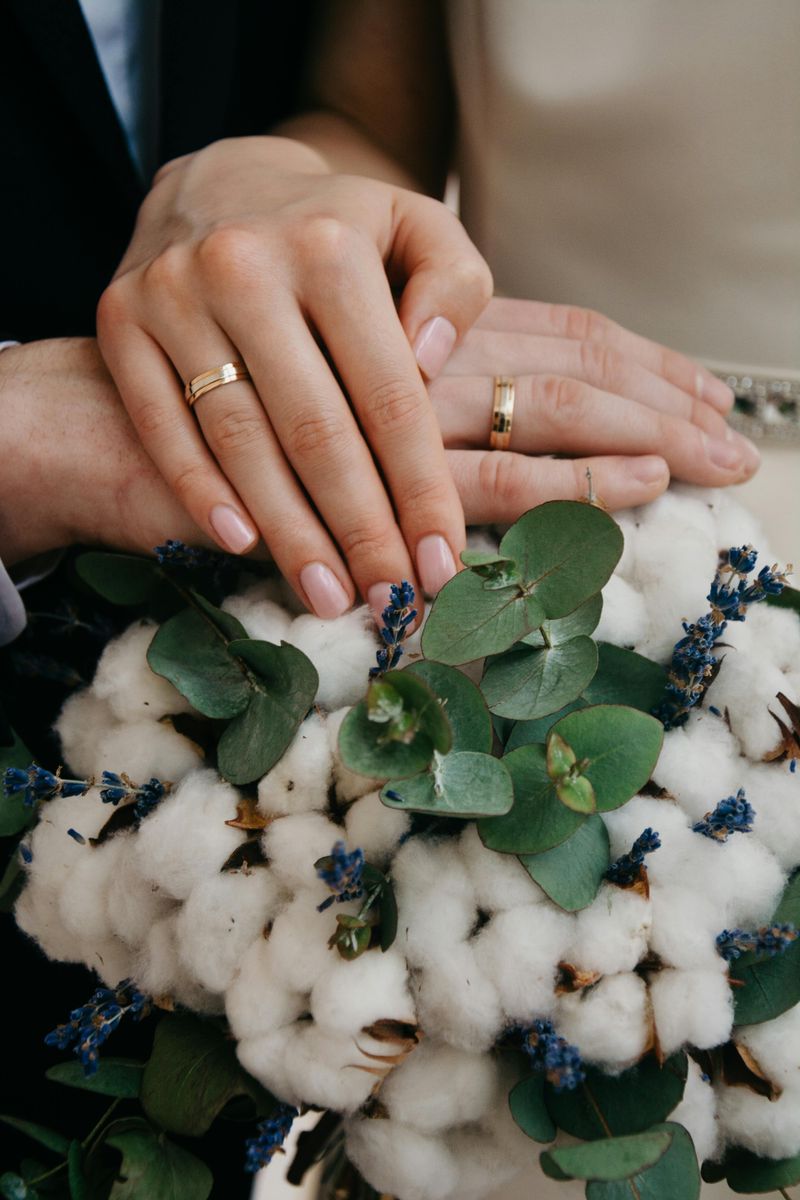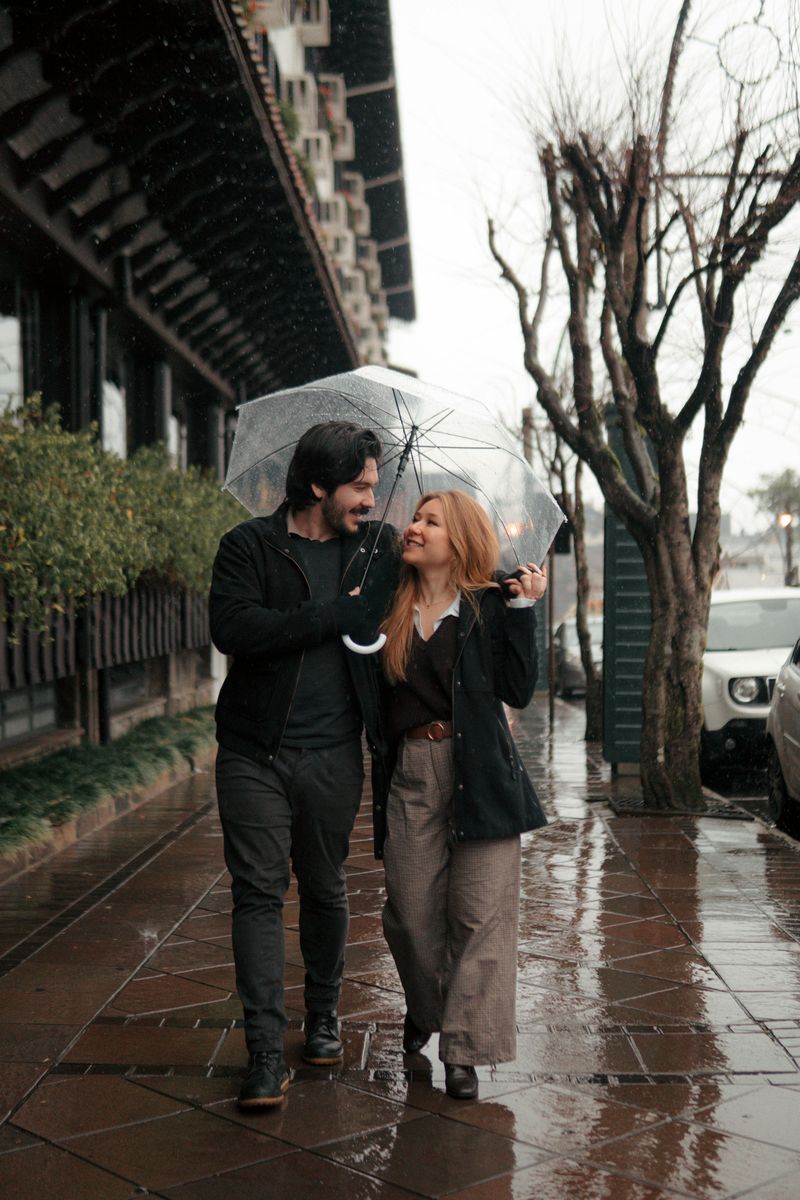10 Types of Emotional Armor That Keep Love at a Distance

We all want connection, but sometimes our hearts build invisible walls. These emotional barriers protect us from past hurts but also block new love from entering our lives. Understanding these defense mechanisms is the first step toward letting others in. Ready to discover what might be holding you back?
1. Fear of Abandonment Shield

Running away before someone leaves you first seems logical when you’ve been left behind before. This protective mechanism kicks in when relationships start getting serious, triggering panic and a strong urge to flee.
People with this armor often sabotage promising relationships at crucial moments. They might pick fights, become suddenly distant, or create problems that don’t exist.
Healing begins by recognizing the pattern and understanding that your past doesn’t dictate your future. Small steps toward vulnerability, perhaps with a trusted friend first, can help dismantle this shield gradually.
2. Perfectionism Plate Mail

Believing you must be flawless before deserving love creates an impossible standard. Perfectionists often postpone dating or opening up until they’ve achieved certain milestones—perfect body, career success, financial stability—essentially putting love on permanent hold.
Behind this armor lies the painful belief that you’re only lovable when you’re perfect. The irony? Your imperfections and authentic struggles often create the deepest connections.
Try revealing one small “imperfection” to someone you trust and notice that connection often strengthens rather than breaks when we show our human side.
3. Emotional Numbness Fortress

“I don’t feel anything” becomes a protective mantra after significant heartbreak. Emotional numbness—the inability to feel joy, pain, or connection—serves as a fortress against further hurt, but also blocks positive emotions.
Many people develop this armor after trauma or severe disappointment. The brain essentially shuts down emotional responses as a survival mechanism.
Recovery involves gentle emotional exposure. Try experiencing emotions through movies, music, or books first before risking real-life vulnerability. Emotions are like muscles—they need gradual restrengthening after periods of disuse.
4. Excessive Independence Armor

“I don’t need anyone” becomes both a point of pride and a prison. Self-reliance is healthy until it becomes a rigid barrier against interdependence—the natural give-and-take of loving relationships.
The fiercely independent often take pride in handling everything alone. They rarely ask for help and feel uncomfortable when others offer support. This armor typically develops in childhood when dependence on others felt unsafe or disappointing.
Practice small acts of receiving—accept that coffee a friend offers, let someone help carry something heavy. These tiny moments of allowed dependence gradually create openings in this protective shell
5. Past Wounds Chainmail

Old heartbreaks can form protective layers that never fully come off. This armor manifests as projecting past partners’ behaviors onto new people—expecting the cheater, the liar, the abandoner to reappear in every relationship.
Someone wearing this armor might constantly test new partners or interpret innocent actions through the lens of past betrayals. “You’re late” doesn’t just mean traffic was bad—it triggers suspicions based on previous relationships.
Healing requires consciously separating past from present. When triggered, ask yourself: “Is this about now or then?” Recognizing when you’re reacting to old wounds creates space for new possibilities.
6. Intellectualization Shield

Some hearts hide behind brilliant minds. This armor transforms emotional matters into intellectual exercises—analyzing feelings rather than experiencing them, discussing relationship theories instead of building actual connections.
You might recognize this in someone who can eloquently discuss attachment theory but freezes when asked how they feel. Or perhaps they can psychoanalyze everyone’s relationship patterns except their own.
Breaking through requires practicing emotional language. Try completing sentences like “I feel…” without analyzing why. Emotions aren’t problems to solve but experiences to feel—messy, illogical, and essential for genuine connection.
7. Humor Deflection Helmet

Laughter makes a fantastic shield when conversations get too real. The class clown often wears this armor into adulthood, using jokes to defuse tension and redirect conversations away from vulnerable topics.
While humor creates connection, it becomes armor when used to avoid deeper intimacy. Watch for patterns of cracking jokes precisely when conversations approach meaningful territory.
Growth happens by occasionally letting a serious moment remain serious. Next time someone shares something meaningful, resist the urge to lighten the mood. Instead, take a breath and respond authentically, even if it feels uncomfortable at first.
8. Busyness Barricade

Perpetual busyness creates a socially acceptable barrier against love. With packed schedules and endless responsibilities, there’s simply “no time” for dating, deepening friendships, or nurturing existing relationships.
This armor feels productive—you’re accomplishing so much!—while effectively keeping meaningful connections at bay. The calendar becomes a shield, with work, errands, and obligations forming an impenetrable wall.
Challenge this armor by scheduling relationship time with the same commitment you give to work meetings. Start small—perhaps a weekly coffee date or a monthly dinner with someone who matters. Relationships, like gardens, grow only with regular attention.
9. Cynicism Breastplate

“Love never lasts anyway” becomes a protective belief after disappointment. Cynicism—that eye-rolling dismissal of romance and connection—shields against hope, which feels dangerous after heartbreak.
The cynic mocks romantic movies, scoffs at happy couples, and maintains a knowing smirk about the “inevitable” failure of relationships. Behind this armor often lies a deeply romantic heart that’s been hurt too many times.
Healing starts by noticing successful relationships around you. Challenge yourself to find and acknowledge one healthy relationship daily. Gradually, your brain collects evidence that lasting love exists, making hope feel less risky.
10. Digital Distancing Gauntlets

Screens create modern armor, replacing face-to-face vulnerability with controlled online interaction. This protection works through constant device checking, preferring texts to calls, and maintaining relationships primarily through social media.
The digital shield allows precise control over what others see and how much emotional exposure occurs. We can edit, filter, and carefully craft our responses, unlike the messy immediacy of in-person connection.
Challenge this armor by practicing device-free conversations. Start with short periods—perhaps coffee without phones—and notice the discomfort. That uneasiness signals you’re approaching the edge of your comfort zone, where real connection begins.

Comments
Loading…